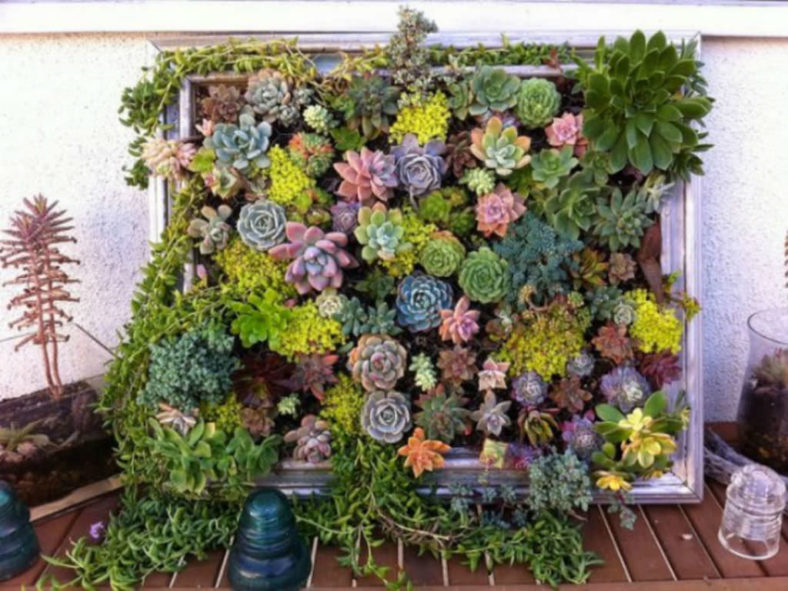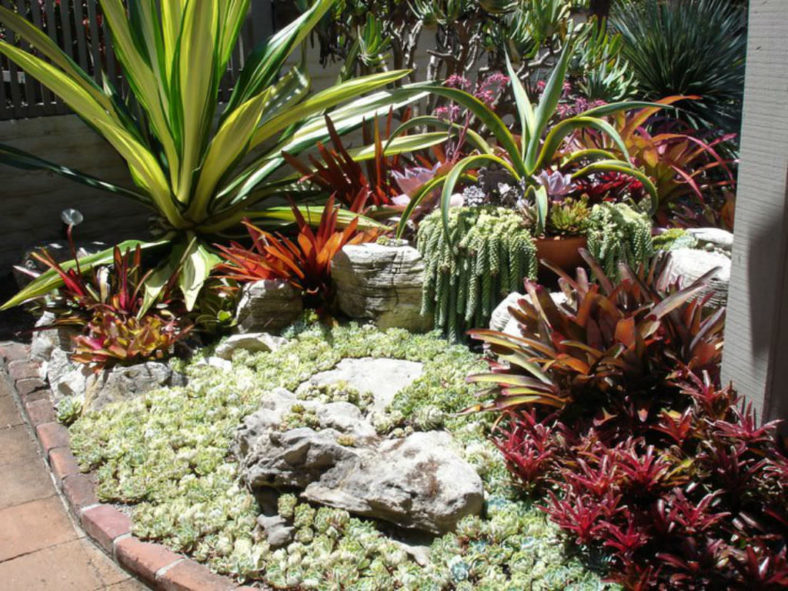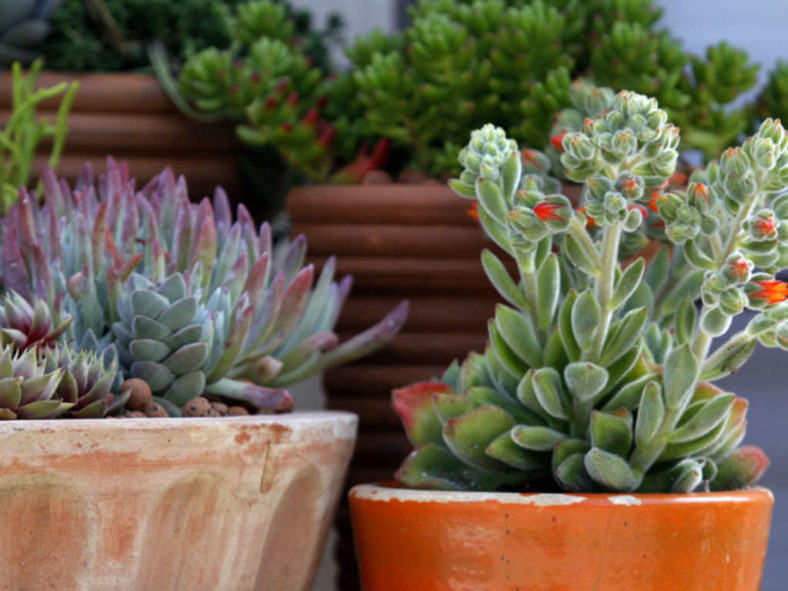If you are on a mission to find the perfect plant to grow in your home or garden, chances are you will find it in the succulent section of your favorite plant nursery.
You will only have about 20,000 choices. This large group includes plants that range from hardy types that can survive winter freezes to tropical ones that thrive outdoors in warm climates and can be overwintered in pots indoors in regions where the temperature begins to plummet in the fall. Some plants thrive in full sun, while others prefer shade. In other words, there are succulents for all types of growing conditions.
What is Succulent?
While such diversity in such a large plant group sounds excellent, you might wonder what to look for when you go to the nursery. Unfortunately, that is not as simple as it might sound. Botanists disagree on the definition of a succulent. One thing they do agree on is that succulents are much more than cacti. Perhaps that is why succulent growers are fond of this saying: All cacti are succulents, but not all succulents are cacti. To keep it simple, maybe the best way to think of succulents is to think of them as plants that store water in their tissues.

How to Decide What is Hardy?
With that thought in mind, perhaps the best way to decide which succulents to grow is to divide them into two main types:
- Hardy – those that can be grown outdoors year-round
- Not hardy – those that can be grown outdoors in pots during the spring and summer, and perhaps early fall, but they would need to be moved indoors during cold weather.
Hardy comes with an asterisk of sorts; be sure to choose succulents for the landscape based on their hardiness for your USDA Plant Hardiness Zone.
There are several ways to determine which ones will survive the winter where you live. One way is to visit your local nursery or the plant section of a big box store and ask the staff members working there. They can advise on which succulents can be incorporated into the landscape and which should be grown in pots. They can also tell you the lowest temperatures the varieties can tolerate.
Growing Succulents in the Landscape

Once you have your plants home, you need to do it right if you plan to plant them in the garden. By "right," we mean to create a succulent garden or add them to your garden using the same principles as an English garden.
One way to achieve a natural-looking succulent garden is to create a rock garden. Rockeries, sections of the garden landscaping featuring rocks of various sizes, are especially effective on slopes or terraced areas, helping to make that area a focal point in the landscape. In the case of succulents, this also mimics many of their native habitats.
Creating an English garden look involves planting succulents in groups or as plant communities to achieve a natural appearance in the landscape.
Do not put one here and one there. Another mistake gardeners often make is planting in rows, which can lead to a boring landscape look.
Because all succulents prefer well-draining soil, mixing sand and gravel into native soils is a good idea if your garden lacks well-draining soil. Some succulents can survive for days and weeks without water, while others prefer more regular moisture. However, despite their moisture preferences, none like standing water against their crowns or having soil stay too wet for very long. That is where the well-draining soil comes into play. You can water normally, even onto the crowns, and the proper soil for succulents will wick the water away.
Growing Succulents in Pots

A good pot-soil combination for growing succulents in containers is to choose a porous terra cotta pot and a soil mix that will drain quickly. A general mix that works well for many succulents combines one part of organic matter with one part of sand or a gritty medium.
Perhaps the biggest danger in growing succulents, especially in pots, is loving them too much, which is gardening code for overwatering. Both indoors and outdoors, succulents require little care and water. At most, folks might want to prune them back or take cuttings to propagate.
Succulents are also ideal for pots and overwintering indoors because they can easily adapt to the dry, low humidity, and lower light levels found in most homes.
Pests
Succulents are generally pest-resistant. When problems arise, the main outdoor pests tend to be scale and aphids, while inside pests are usually fungus gnats, mealybugs, woolly aphids, and maybe spider mites. Neem oil or horticultural oil works well in controlling unwanted visitors in both situations.
Source: mnn.com
Links
- Succupedia: Browse succulents by Scientific Name, Common Name, Genus, Family, USDA Hardiness Zone, Origin, or cacti by Genus